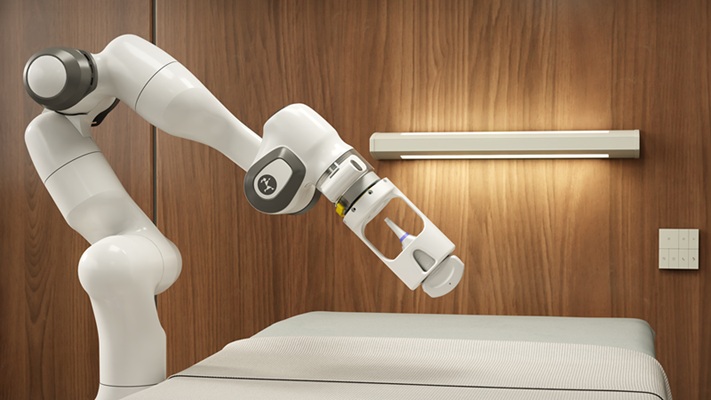Algorithms to Enhance Approach for Detecting Tumors
By MedImaging International staff writers
Posted on 06 Jun 2018
Case Western Reserve University (Cleveland, OH, USA) has entered into a collaboration with the Quantum team at Microsoft (Redmond, VA, USA) to use the power of quantum computing for improving patient care. CWRU will use Microsoft’s quantum-inspired algorithms to enhance their approach to detecting cancerous tumors.Posted on 06 Jun 2018
CWRU, which has been conducting research in magnetic resonance imaging (MRI), has introduced an approach named magnetic resonance fingerprinting to improve the accuracy of MRI results in shorter turnaround times. In comparison to typical MRI machines, which use a series of fixed acquisitions for diagnosis, magnetic resonance fingerprinting uses a constantly varying sequence of pulses, leading to a single, unified exam. The final quantitative maps are generated by comparing the response against a lookup table, leading to faster and repeatable characterization of tissues. However, identifying the best sequence of pulses and readouts in order to achieve the best scan efficiency, or an acquisition optimized for identifying a particular disease, still remains a challenge.
Microsoft will help optimize the pulse sequences by mapping the problem to a suitable form for quantum computers and then use a quantum-inspired algorithm, which runs on the classical computers currently in use. By generating an optimized pulse sequence, the CWRU researchers will be able to create a solution to improve the diagnostic capability of MRI. This will result in a better patient experience, reduction in time required in the MRI machine and more accurate, rapid results. After the scan is complete, Microsoft HoloLens will be used for a 3D, holographic model of the results.
According to Microsoft, the use of quantum capabilities currently available with its quantum-inspired algorithms and Microsoft Azure simulator will offer immense possibilities for improving the quality of healthcare and medical research, as well as allow the combination of quantum computing, machine learning, and mixed reality to turn the challenges of the past into solutions of the future.
Related Links:
Case Western Reserve University
Microsoft













